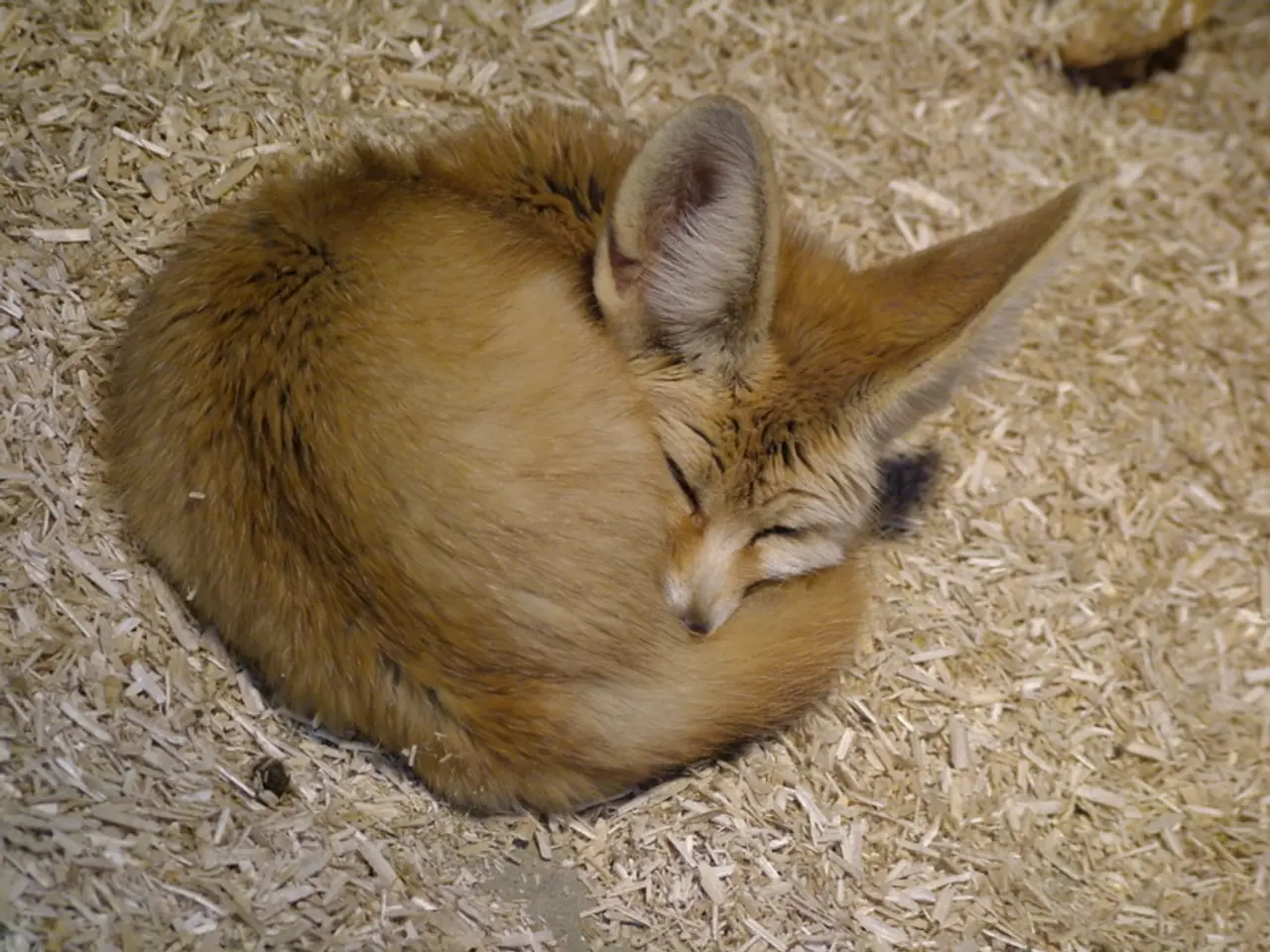Forest creatures in Zlatoust, such as wild boars and foxes, can potentially spread diseases to unwary visitors.
In the picturesque Zlatoust Forests of the Chelyabinsk Region, nature lovers and tourists can encounter a diverse array of wildlife, from foxes and hedgehogs to the region's most formidable predators – wolves. However, these encounters can sometimes pose risks to human health due to potential zoonotic diseases and the aggressive nature of some animals.
To minimize the risks, here are some strategies for avoiding encounters with predators and zoonotic diseases:
- Avoiding direct contact with wild animals: It's essential to keep a safe distance from all wildlife, especially foxes and hedgehogs, which can carry various diseases such as leptospirosis, tick-borne diseases, and scabies.
- Protective clothing and insect repellents: Wearing protective clothing and using insect repellents can help prevent tick bites, reducing the risk of tick-borne diseases.
- Staying on established trails: Sticking to marked trails helps reduce encounters with wild predators and their habitats, keeping you safer.
- Avoiding untreated water and animal urine-contaminated sources: Leptospirosis is transmitted through contact with urine or contaminated water/soil, so it's crucial to avoid drinking untreated water or coming into contact with animal urine-contaminated sources.
- Practicing thorough hand hygiene: After outdoor activities, it's essential to wash your hands thoroughly to prevent the spread of zoonotic diseases.
- Being vigilant for ticks and removing them promptly: If you find a tick on your skin, remove it promptly to reduce the risk of tick-borne diseases.
Regarding predator encounters, foxes are generally elusive but can be a threat to smaller animals like hedgehogs, which roll into a defensive ball to avoid attacks. Hedgehogs' spines deter many predators, but they are occasionally preyed upon by foxes and certain birds of prey.
Tourists are advised not to walk in the forest at night due to increased predator activity, particularly wolves, which are most active during the night. However, during daytime hikes, making noise – such as talking loudly, whistling, or tapping a stick on trees – is recommended to alert predators to your presence and avoid encounters.
While encounters with predators such as wolves are rare in Zlatoust Forests, it's essential to remember that wild animals can pose a danger to forest visitors' health due to their aggression and the diseases they can transmit. The Taganay National Park has warned that wild animals in Zlatoust Forests should be avoided due to the potential risks they pose to human health.
By following these precautions, you can enjoy the beauty of Zlatoust Forests while minimizing the risks associated with wildlife encounters and zoonotic diseases. Happy and safe exploring!
References:
- Tick-borne diseases
- Leptospirosis
- Hedgehogs and their predators
- Scabies and mites
- To maintain good health while in the Zlatoust Forests, always abide by the principles of healthy-and-wellness by avoiding direct contact with wild animals, especially foxes and hedgehogs, which may carry tick-borne diseases and zoonotic infections like leptospirosis.
- Protection from health-and-wellness risks in the Zlatoust Forests extends beyond avoiding wildlife contact; wearing protective clothing and using insect repellents is crucial to prevent tick bites and reduce the chances of tick-borne diseases.




